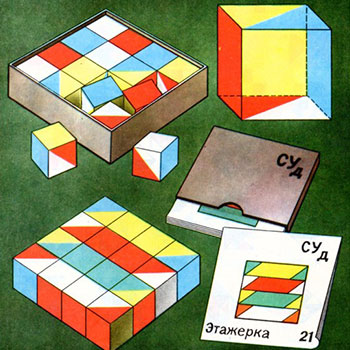How do you use Heron's formula to find the area of a triangle with sides of lengths #1 #, #1 #, and #2 #?
1 Answer
Heron's formula for finding area of the triangle is given by
Where
and
Here let
Why is are 0?
The area is 0,because there exists no triangle with the given measurements the given measurements represent a line and a line has no area.
In any triangle the sum of any two sides must be greater than the third side.
If
Here
Since, the property of triangle is not verified therefore, there exists no such triangle.

